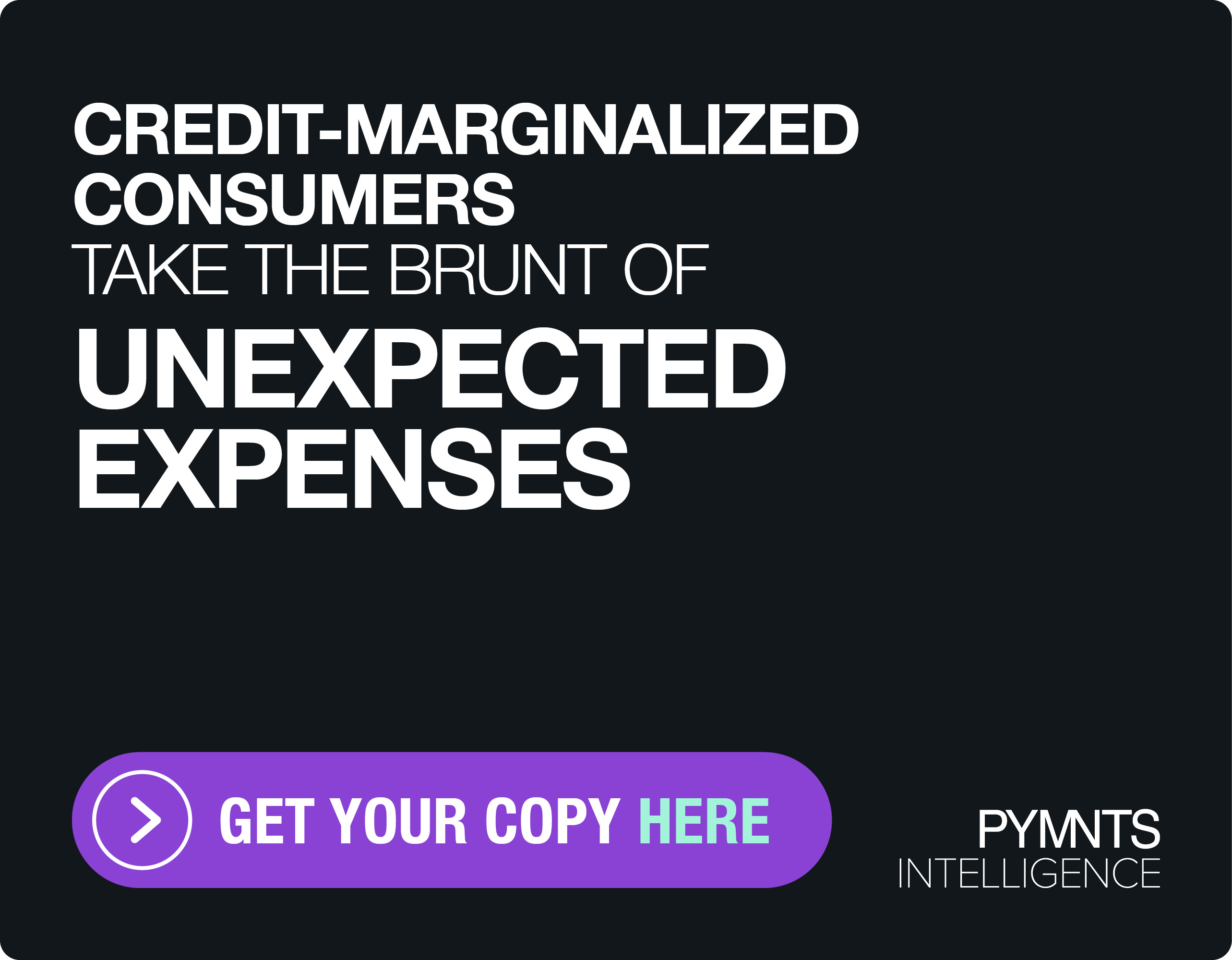Open Banking to Play Key Role in Accelerating Invisible Payments Trend
In today’s world where consumers are more and more inclined toward convenience, the arrival of new payment methods has lifted the bar higher in terms of consumer expectations for instant, frictionless and secure payment experiences.
According to a research study conducted by U.K.-based open banking platform Tink, 82% of consumers surveyed said it’s easier than ever to make payments quickly and simply, while 77% said that they expected payments to be instant.
“That’s a pretty high bar given that most payment [systems] in the market today aren’t instant,” Tom Pope, Tink’s head of payments and platforms, told PYMNTS in an interview.
Unsurprisingly, the surge in demand for hassle-free payments has led to a low tolerance for a poor payment experience, with almost 90% of consumers saying that they would abandon a transaction if they were faced with any friction online.
Read more: Tink Expands Open Banking Services Across Europe
These expectations tend to be higher among millennials and younger generations, Pope noted, adding that a majority of 18- to 34-year-olds expect to pay with one click as well as pay for everything on their mobile devices.
And while some merchants have been aware for some time that getting payments right is important, he said it appears not many realize just how important it is and how much value they stand to gain when they get it right with consumers.
“There have been great payment experiences around in the market for several years now, but yet still, there are a number of times I go onto our website, and I’m presented with a clunky set of fields I need to fill out or the autofill doesn’t work correctly. It still takes quite a lot of time.”
VRP: Next-Generation Direct Debit
Against this backdrop, there is no doubt that merchants would need to invest in newer, innovative payment options to match consumers’ growing demand, which also includes boosting security, which remains a top concern among many consumers today.
All in all he said the industry has come a long way in securing payment transactions for users, with the rollout of the 3-D Secure protocol for online credit and debit card transactions, for example, improving card security quite significantly over time.
Read also: Tink Intros Instant Income Verification Service for Banks
He also pointed to open banking and PSD2 — European regulation for electronic payment services — which has in-built security and two-factor authentication allowing consumers to make and validate payments all with that one step.
The recently launched variable recurring payment (VRP) mandate for sweeping — an extension of the open banking payment initiation service that allows the automatic transfer of funds between a consumer’s own accounts — also has game-changing potential, he added, given the scale of opportunity it has to expand payments in the U.K. for example, where there are many more direct debit transactions than there are recurring card transactions.
“If you add that card piece and direct debit piece, you’ve got a sizable amount of volume to go after and that’s where VRPs are going to come into their own. I would think of them as a next generation direct debit, a way of allowing an open banking transaction to take place,” he remarked.
See also: Visa Closes Deal to Acquire European Open Banking Platform Tink for $2B
There’s much more built-in protection for the consumer, he further said, because they’re able to completely control this process: “They own that mandate, and they can rescind that mandate whenever they’d like so I think that there’s a lot of potential [there].”
Uber’s Invisible Payments Model
Moving forward, Pope said one major trend gaining traction is that payments will become more and more invisible, similar to how Uber changed the payment experience and eliminated the need for human interaction or contact when paying.
“You got in and out of a ride and at no point did you interact with someone or tap onto anything. That was a big leap forward and it’s now percolating more and more into society,” he noted, adding that in the next 10 to 15 years, it is going to be increasingly rare to have the sensation of physically paying.
“Paying is just going to be part of what you do, it’s going to be part of whatever experience it is you’re paying for,” Pope further said.
And as VRPs and the broader open banking system develops, the regulatory framework will turbocharge this phenomenon, which will be even more effective if consumers are given robust protections and controls around its usage.
“The Uber model works because consumers know that if something goes wrong, they’ve got strong protections in place and that gives them the trust to [use the service] in the first place. We need to make sure we have the same thing in place with open banking,” Pope said.
Sign up here for daily updates on all of PYMNTS’ Europe, Middle East, and Africa (EMEA) coverage.
